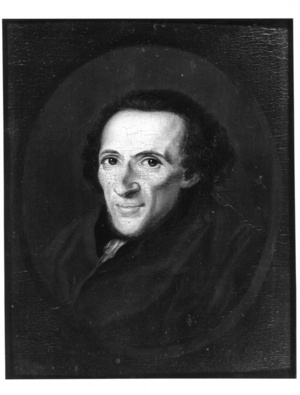A good way to generate new avenues of an investigation that has come to an impasse is to use crime scene reconstruction, as well as crime scene profiling also known as psychological profiling. Crime scene profiling is different from crime scene reconstruction. Unlike crime scene reconstruction that attempts to determine “what happened and how it happened,” criminal profiling involves using physical evidence and reconstruction while attempting to determine “why the crime may have happened and what does it tell us about who could have committed the crime” (Clemens, 1998).
It is important to use crime scene reconstruction and criminal profiling to aid in an investigation by utilizing the physical evidence that has already been obtained. It is important to reconstruct the crime scene first. This will allow a detective to understand what and how the crime occurred, which will assist in understanding why and who committed the crime (Clemens, 1998).
Crime scene reconstruction is usually done by a senior detective, retired detective or senior criminalist. The first step to crime scene reconstructing will be to do a walk-through of a crime scene while it is still fresh. It is important that the detective get a “feel” for the crime scene. This will help to stimulate the events that took place in the mind of the detective. If a walk-through of the crime scene is not possible, the investigator can make use of evidence, documentation and information that has already been obtained such as; photographs, witness statements, lab reports, sketches and expert reports (O’Conner, 2006).
By using inductive reasoning, along with deductive reasoning the investigator is able to analyze those facts that are related to the criminal case. The reconstruction process will involve gathering all data from the crime scene and the results from the physical evidence analysis. Organizing all information will allow a valid hypothesis. Along with a valid hypothesis, testing must occur to approve or disapprove the interpretation of the scene reconstruction. After organizing information, coming to a valid hypothesis and performing the testing a complete and probable theory can be create (State of Connecticut, 2007).
Analyzing the crime scene will help the investigator determine the identity of the perpetrator. In criminal profiling, information based on a profile of the crime scene may consist of the perpetrator’s age, personality, sex, ethnic background and potential physical features such as weight, height and any disfigurements. Depending on who the profile fits, all the for-mentioned information can be used to identify a possible suspect. One of the most important parts of a criminal’s profile is personality (Mount Holyoke, 2009).
The way a crime is committed is based on personality profiles. This is also known as “method of operation” (M.O.) which includes identifying the victim(s), the weapon(s) used, degree of hostility, the existence or lack of torture, etc, etc. An investigator can determine the perpetrator’s motives by examining these crime scene aspects. This in turn will help the investigator understand the perpetrator’s personality (Mount Holyoke, 2009).
There are several steps to psychological profiling however, the first step, just as crime scene reconstruction is to develop a classification and understanding of the crime scene by examining the crime scene, photographs, witness statements, forensic lab reports, police reports and any other evidence that may be available. Secondly, the activities and background of the victim must be examined. It is important to understand the victim’s lifestyle, occupation, marital status and traits. The third step would be to determine the alleged motivation for the crime. Understanding the characteristics of those who have in the past committed the specific type of criminal offense is the fourth step to psychological profiling. Finally, after all these steps are completed, a characteristic description of the perpetrator is provided. Psychological profiles are generally used during an investigation when unfortunately, all leads have been exhausted. In some crime scenes, this may occur fairly quickly especially those cases that do not have an obvious traditional motive (Brandl, 2003).
In conclusion, crime scene reconstruction and psychological profiling is an accurate way of guiding an investigator towards the direction in solving a crime. Analyzing the behavior and rituals of a perpetrator will assist the investigator in finding similarities between previous crimes committed (Forensic Science, 2005). It is important that the investigator use all evidence collected during the beginning of an investigation to assist in the process of solving a crime. Talking to the original detective of an investigation, making sure all collected evidence and details of the case are discussed and looking for similarities in existing investigations or cold cases are all important to solving a criminal case.
References:
Brandl, S. G. (2008). Criminal investigation (Second Edition ed.). Boston: Pearson Education, Inc. (Original work published 2004)
Clemens, D. W. (1998). Introduction to crime scene reconstruction. Retrieved June 18, 2009, from http://www.crimeandclues.com/introduction.htm
Forensic Science. (2005). Psychological profiling. Retrieved June 18, 2009, from
http://library.thinkquest.org/04oct/00206/nts_psychological_profiling.htm
Mount Holyoke. (2009). Criminal profiling. Retrieved June 18, 2009, from http://www.mtholyoke.edu/~mlyount/MySites/ForensicPsychology/CriminalProfiling.html
O’Connor, T. (2006, September 30). Crime scene reconstruction. Retrieved June 18, 2009, from
http://www.apsu.edu/oconnort/3210/3210lect02a.htm
State of Connecticut. (2007). Crime scene reconstruction. Retrieved June 18, 2009, from http://www.ct.gov/dps/cwp/view.asp?a=2155&Q;=315024±=1



